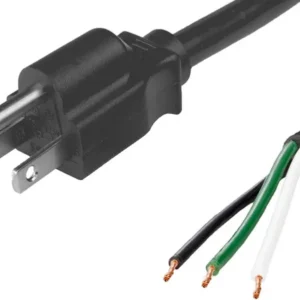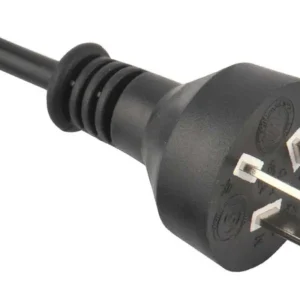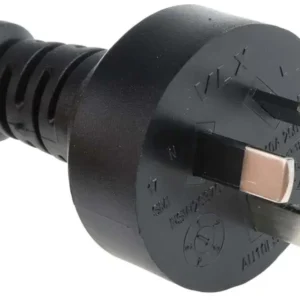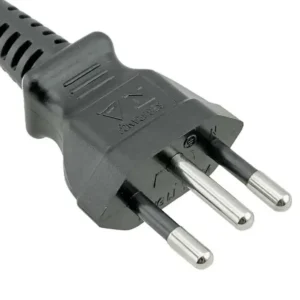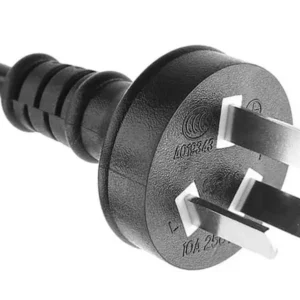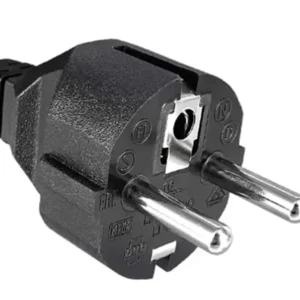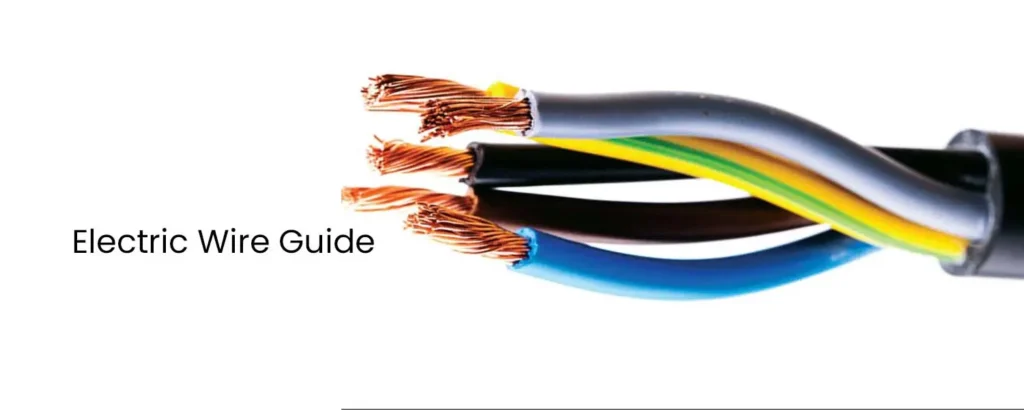Electrical wires are the backbone of any electrical system, responsible for transmitting electricity safely throughout homes, buildings, and various appliances. Understanding the different types of wires is crucial for selecting the right one for your specific needs and ensuring a safe and efficient electrical installation.
Key Wire Components
Before delving into the types of wires, let’s understand their basic components:
- Conductor: This is the metal core of the wire, usually copper or aluminum, that carries electrical current.
- Insulation: This is a non-conductive material (like thermoplastic, rubber, or PVC) that covers the conductor, preventing electrical shocks and containing the current flow.
- Jacket: An optional outer layer on some wires that offers additional protection and indicates specific properties, such as weather or oil resistance.
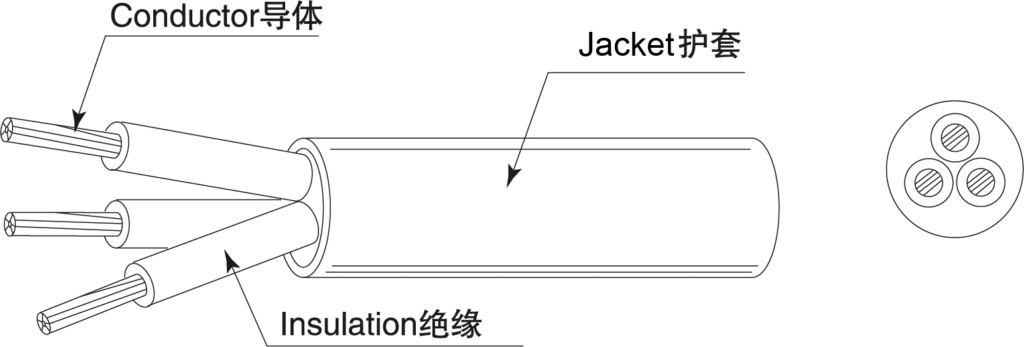
Types of Electrical Wires
Electrical wires are categorized into various types, primarily based on their construction, voltage rating, and intended applications. Let’s explore some common varieties:
THHN/THWN Wires:
- These are the most common types of wires used in residential and commercial buildings.
- THHN: Thermoplastic High-Heat Resistant Nylon-coated. Suitable for dry locations.
- THWN: Thermoplastic Heat and Water-resistant Nylon-coated. Suitable for both dry and wet locations.
- They are individual wires found inside conduits.
NM-B (Non-Metallic Sheathed) Cable:
- Commonly known as “Romex”, this cable combines multiple THHN wires (hot, neutral, ground) within a common outer sheath.
- Used extensively for indoor residential wiring.
Flat Wire (SPT):
- Features two or more conductors running parallel and encased in thermoplastic insulation.
- Primarily used for low-power applications like lamps, clocks, and small appliances.
- Available in SPT-1, SPT-2 and SPT-3 variations with different insulation thicknesses.
Heater Wire (HPN):
- Designed for high-heat applications like heaters, irons, and toasters.
- Employs neoprene insulation for superior heat resistance.
Jacketed Wire:
- Uses prefixes and suffixes to indicate specific properties:
- S: Stranded (or Service Wire)
- J: Junior Service (300 Volts),If no “J” is in the wire type, then it is a hard service (600 Volt).
- T: Thermoplastic, If no “T” is in the wire type, then it has a rubber jacket.
- O: Oil-Resistant Compound
- W: Weatherproof
- V = Vacuum – as in vacuum cleaner. This is a small O.D. jacketed wire, very flexible and initially used for
vacuum cleaners but now used on many different types of products. Available only in 18 AWG.
- Examples:
- SJTW: Stranded Junior Thermoplastic, Oil and Weather resistant
- SOOW: Stranded Hard Service, Oil and Weather resistant (600 Volts)
Additional Factors to Consider
- Wire Gauge (AWG): The American Wire Gauge (AWG) determines wire size. Smaller AWG numbers indicate thicker wires and greater current-carrying capacity.
- Ampacity: This is the maximum amount of electrical current a wire can safely carry for an extended period.
- Color Coding: Wires are color-coded for easy identification:
- Black: Hot Wire
- White: Neutral Wire
- Green or Bare: Ground Wire
Choosing the Right Wire
Selecting the correct wire involves considering various factors:
- Application: Indoor/outdoor, power requirements, heat exposure.
- Voltage Rating: Must match or exceed the voltage of your electrical system.
- Environment: Exposure to oil, chemicals, or weather.
- Local Codes: Adhere to local electrical codes and regulations.
